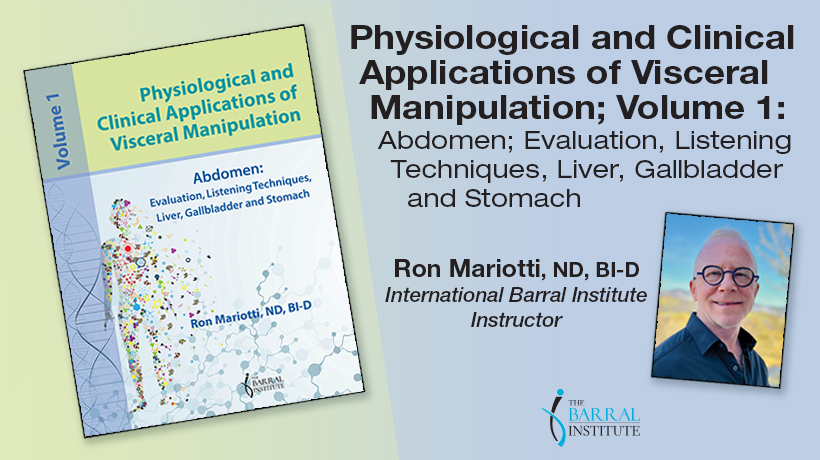ACA – Nutritional Synergy Update #3 (Flu #3)

Diet, nutrients, herbs and other alternative approaches to flu prevention and recovery are solidly based in research.
Over the course of the next couple weeks I will share with you some research on the pathophysiology of the flu virus, vaccinations, as well as research-based alternative options we can do to support ourselves during what seems to be increasingly more and more server annual outbreaks of the influenza virus.

~ Diet ~

Diets rich in fruits and vegetables as well as warming dishes “…as well as spicy, warming dishes prepared with cayenne or jalapeno peppers (Capsicum spp.), mustard (Brassica nigra) seed, ginger (Zingiber officinale) rhizome, horse radish (Cochlearia armoracia) root, and garlic (Allium sativum) bulbs, are the best preventative.
Vitamin- rich herbs, as teas or juices, can also be added to the diet during flu season. These include rose hips (Rosa canina) and berries, as teas or food. Other key nutrients include selenium.” [1]
~ Other recommendations ~
Bone-broth soup – purchase a beef leg bone from the butcher. Put this in a large soup pot and cover with plenty of water. Simmer for 2-4 hours. Drink 2-4 cups of this broth throughout the day.
Get plenty of sleep
Exercise
6-8 glasses of water daily
Avoid refined sugar
Take a daily multivitamin
Take a daily vitamin D. It would be prudent to first have your serum vitamin D level tested. If it is below 50 ng/ml taking 2000 – 5000 IU of vitamin D daily would be wise. Retest after 3 months of being on any daily dose of vitamin D. If you suspect you are exposed to the flu virus taking a higher dose of vitamin D (20,000 - 50,000IU / day for 3-5 days) would be prudent.
~ Precautions about Vitamin D ~
According to the Natural Standard: “Vitamin D toxicity can result from regular excess intake of this vitamin and may lead to hypercalcemia and excess bone loss. Individuals at particular risk include those with hyperparathyroidism, kidney disease, sarcoidosis, tuberculosis, or histoplasmosis. Chronic hypercalcemia may lead to serious or even life-threatening complications and should be managed by a physician. Early symptoms of hypercalcemia may include nausea, vomiting, and anorexia (appetite or weight loss), followed by polyuria (excess urination), polydipsia (excess thirst), weakness, fatigue, somnolence, headache, dry mouth, metallic taste, vertigo, tinnitus (ear ringing), and ataxia (unsteadiness).
Kidney function may become impaired, and metastatic calcifications (calcium deposition in organs throughout the body) may occur, particularly affecting the kidneys. Treatment involves stopping the intake of vitamin D or calcium and lowering the calcium levels under strict medical supervision, with frequent monitoring of calcium levels. Acidification of urine and corticosteroids may be necessary. To return vitamin D levels to normal, the supplement is discontinued.”
~ Precautions about Bone-Broth Soup ~
As seen in this case study you must use caution with bone broth soup as it is quite potent in many nutrients, including vitamin D. In a 2011 case study a 29-year old cricket player presented with recurrent vomiting, anorexia and constipation. All testing and evaluation were normal. His serum tests showed elevated serum ionized calcium and elevated 1,25(OH)2D3, (the active form of vitamin D). His symptoms were consistent with hypercalcaemia (elevated serum calcium) due to vitamin D toxicity. After questioning him he denied taking any supplemental vitamin D. The only thing he had been doing was drinking 1-2 liters of soup “prepared by prolonged boiling of long beef bones, at least 3 days every week, for 6 months prior to falling ill.”[2]
- Yarnell, E., K. Abascal, and R. Rountree, Clinical Botanical Medicine: Revised and Expanded. 2009: Mary Ann Liebert, Inc.
- Pandita, K.K., S. Pandita, and T. Hassan, "Toxic" beef bone soup. Clin Cases Miner Bone Metab, 2011. 8(2): p. 43-4.
In my ACA - Nutritional Synergy Update #4 I will continue discussing the flu... research regarding NAC, glutathione and vitamin D.




Leave a Reply
You must be logged in to post a comment.